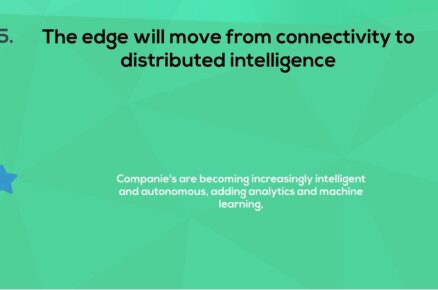The popularity of Big Data lies within its broad definition of employing high volume, velocity, and variety data sets that are difficult to manage and extract value from.
The practitioners of big data analytics processes are generally hostile to slower shared storage, preferring direct-attached storage (DAS) in its various forms from solid state drive (SSD) to high capacity SATA disk buried inside parallel processing nodes. The perception of shared storage architectures: Storage area network (SAN) and Network-attached storage (NAS): is that they are relatively slow, complex, and expensive. These qualities are not consistent with big data analytics systems that thrive on system performance, commodity infrastructure, and low cost. Real or near-real time information delivery is one of the defining characteristics of big data analytics. Latency is therefore avoided whenever and wherever possible.
Big data is big. And it‘s getting even bigger in health care. One can hardly pick up any of today‘s health care publications without coming across a reference to ―Big Data‖ and its growing impact on the industry. It‘s true that big data promises to ease the transition to authentic data-driven health care, allowing health care professionals to improve the standard of care based on millions of cases, to define needs for subpopulations, to make more personalized decisions for individual patients, and to identify and intervene for population groups at risk for poor outcomes. But while big data has transformed much of American industry, it‘s also true that massive information sharing and analysis has yet to generate significant benefits within health care. Everyday devices such as cell phones now provide us with an enormous stream of data about human life and behaviour. Too often organizations go with the data they have on hand when more useful data might be difficult to obtain. Look for high-impact data sources beyond that is used to look at the problem before. Combined with existing health data, the behavioural data obtainable from these devices may greatly enhance opportunities to predict long-term health conditions and identify non-traditional intervention points, as well as to design better diagnostics tools, prevent diseases, and increase access to and reduce the costs of healthcare. Big Data in healthcare is associated with the exploding volume of patient-specific data.
With the world’s population increasing and everyone living longer, models of treatment delivery are rapidly changing, and many of the decisions behind those changes are being driven by data. The drive now is to understand as much about a patient as possible, as early in their life as possible – hopefully picking up warning signs of serious illness at an early enough stage that treatment is far more simple (and less expensive) than if it had not been spotted until later.












